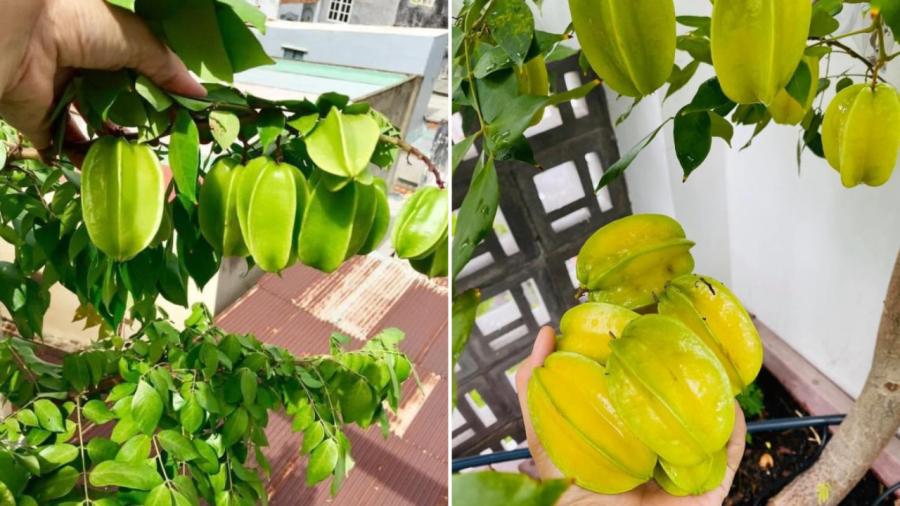Loquat tree is a popular ornamental and fruit-bearing tree. In the past, loquat trees were usually grown in gardens or in spacious areas. However, nowadays, many people prefer to grow small and cute loquat trees in pots. Loquat trees grown in pots can still produce sweet and abundant fruits if you know how to take care of them.
How to grow loquat trees
The soil for growing loquats should be fertile, loose, and well-drained to avoid waterlogging and root rot.
Loquat trees can tolerate cold weather and hot sun, so they are suitable for various climates. The temperature range of 22-25°C is ideal for the best growth and the production of ripe and delicious fruits. Although loquat trees can bear fruits all year round, the late autumn harvest usually has the best quality.
Loquat trees prefer partial shade, so they can be planted alongside taller trees or under pergolas. If grown in pots, choose a pot size of at least 60 x 60 cm to allow the tree to grow. It is recommended to replace the potting soil every year.

Tips to have year-round fruiting loquat trees
From June to the end of the year, loquat trees need plenty of water. If they experience drought, the fruits may drop prematurely. Therefore, during this period, it is advisable to water the trees twice a day in the morning and evening.
In addition, you should prune the young shoots of the growing loquat branches to about 20 cm. It is recommended to do this for all branches on the tree. This will result in more new leaves growing between the existing leaves, and more flower clusters will appear. For larger trees with many branches and leaves, you only need to prune the lower branches.
After pruning the branches, you need to withhold water for the tree for 2-3 days.
Next, dilute urea fertilizer with water and water the tree with this solution for around 50 days. This will promote flowering and the development of larger fruits.
To increase fruit-bearing, bury decomposed organic fertilizers around the tree’s base at least twice. In addition, apply bat guano fertilizer to the base every 2 months. You can also occasionally water the tree with rice water (once a week is enough).
During the fruiting process, fertilize the tree to ensure the fruits grow to a good size and avoid nutrient deficiency. After harvesting the fruits, apply additional fertilizer to help the tree recover quickly and continue to produce new flower clusters.
You can prune the branches that grow too tall once a year. Although these branches can still produce flowers, the fruits tend to be smaller. The best time to do this is around February and March. After pruning, the tree will produce new shoots and become stronger. In the following months, the tree will receive more sunlight and produce more flowers and larger fruits.
Disease prevention for loquat trees
Loquat trees are often attacked by caterpillars and fruit-piercing flies. To protect the trees, you can use homemade insecticides made from garlic, chili, and other natural ingredients.
In the dry season, you can apply diluted lime water to the tree base. This method helps prevent bark-boring insects from damaging the tree.





































